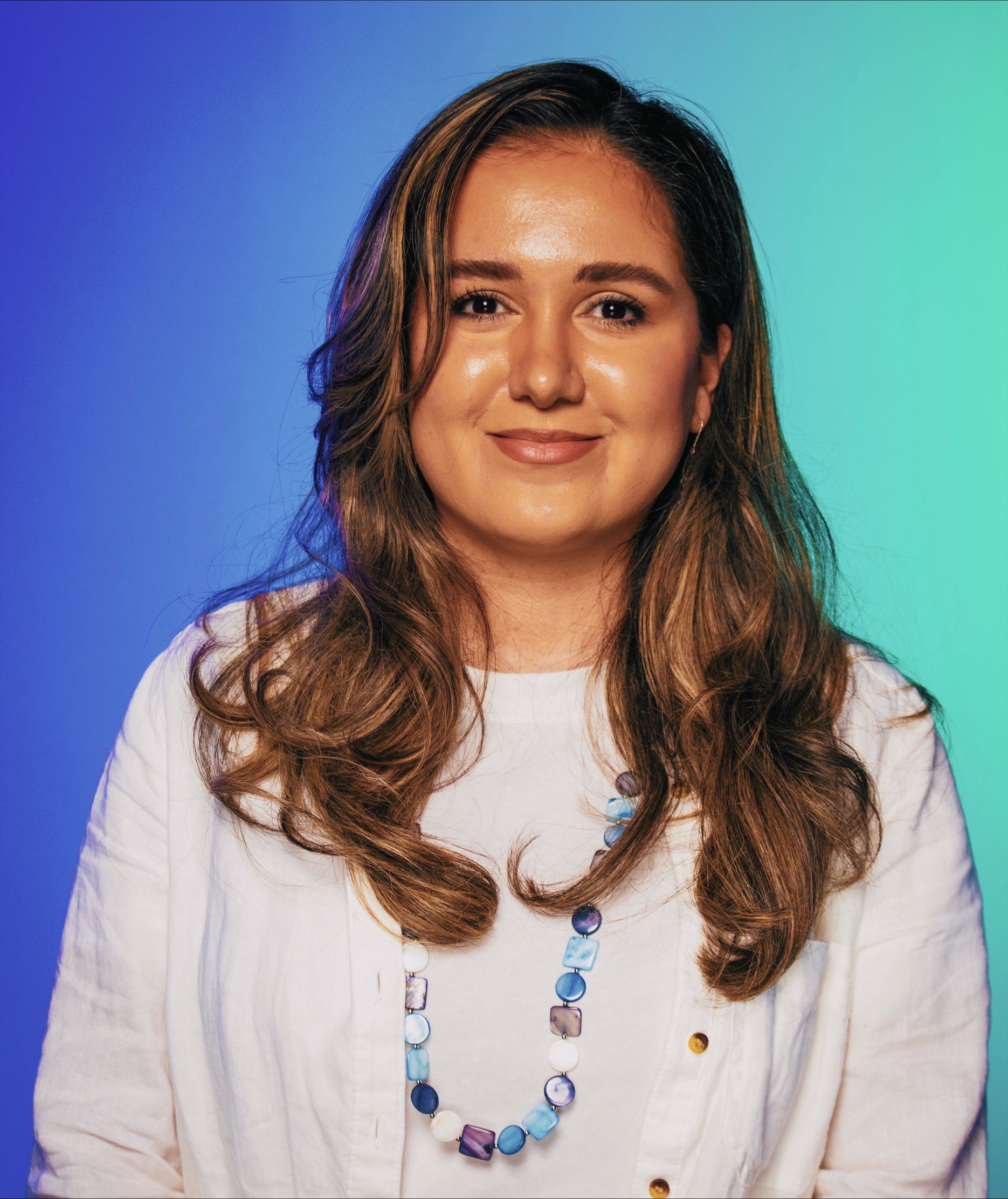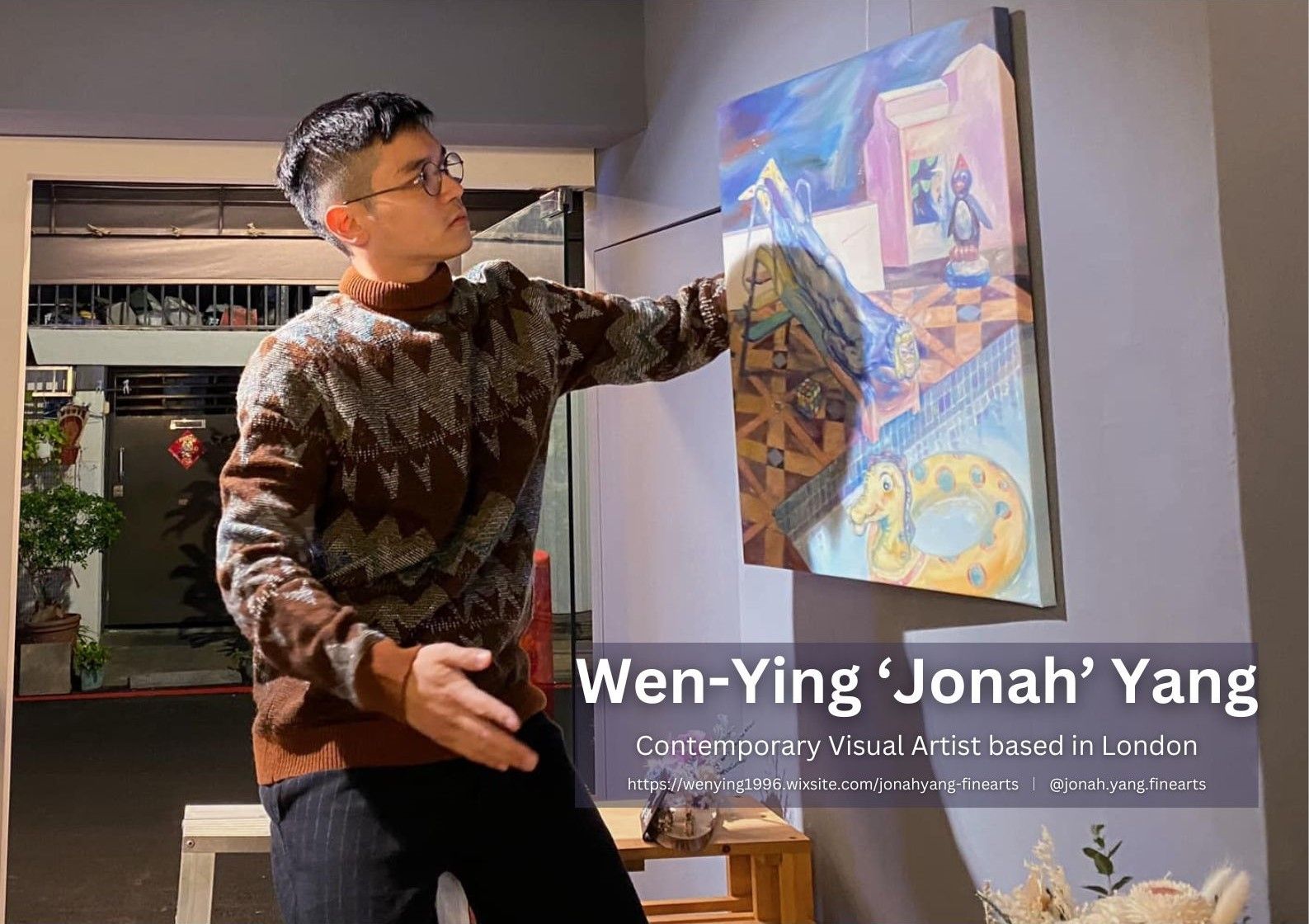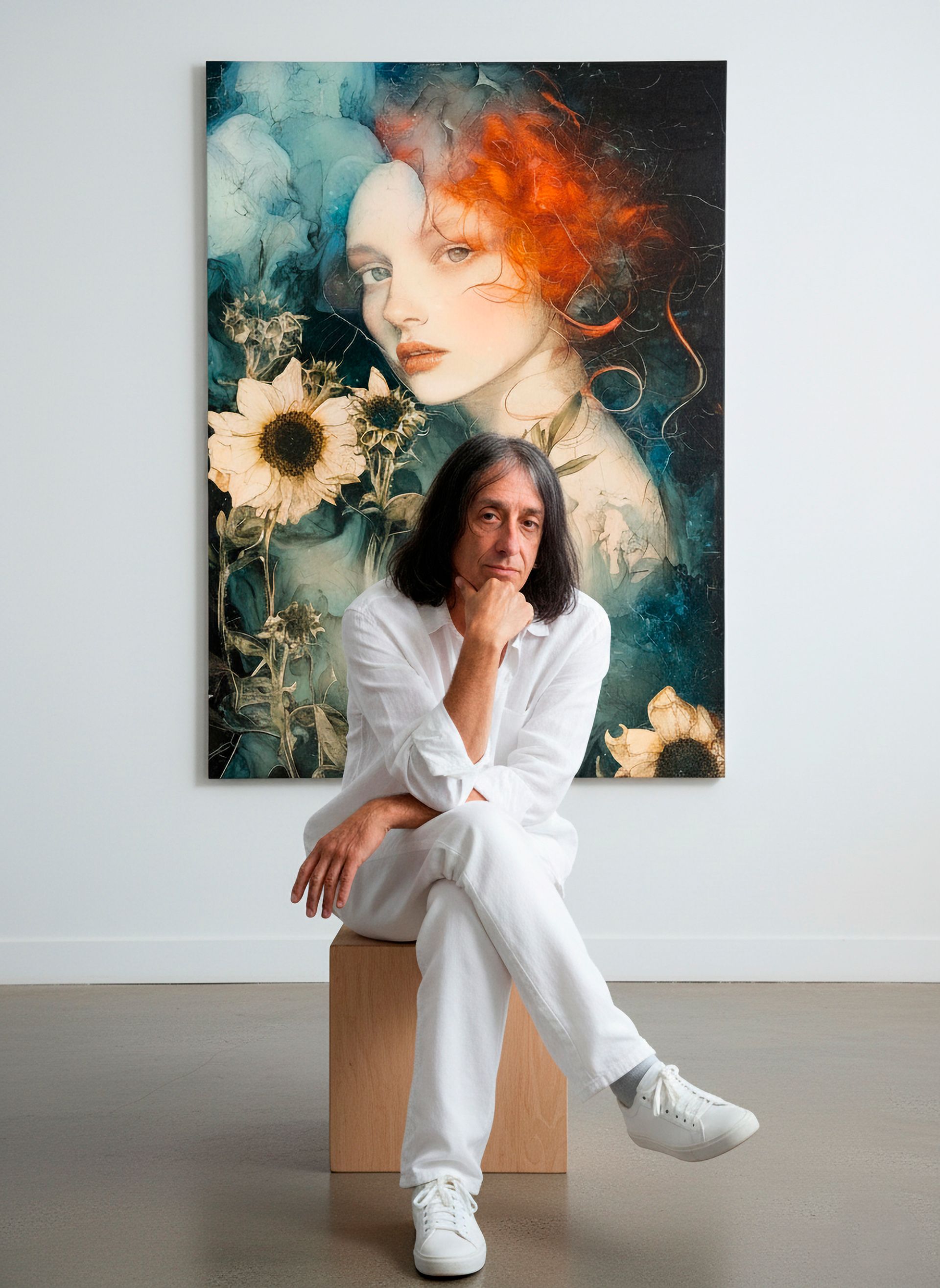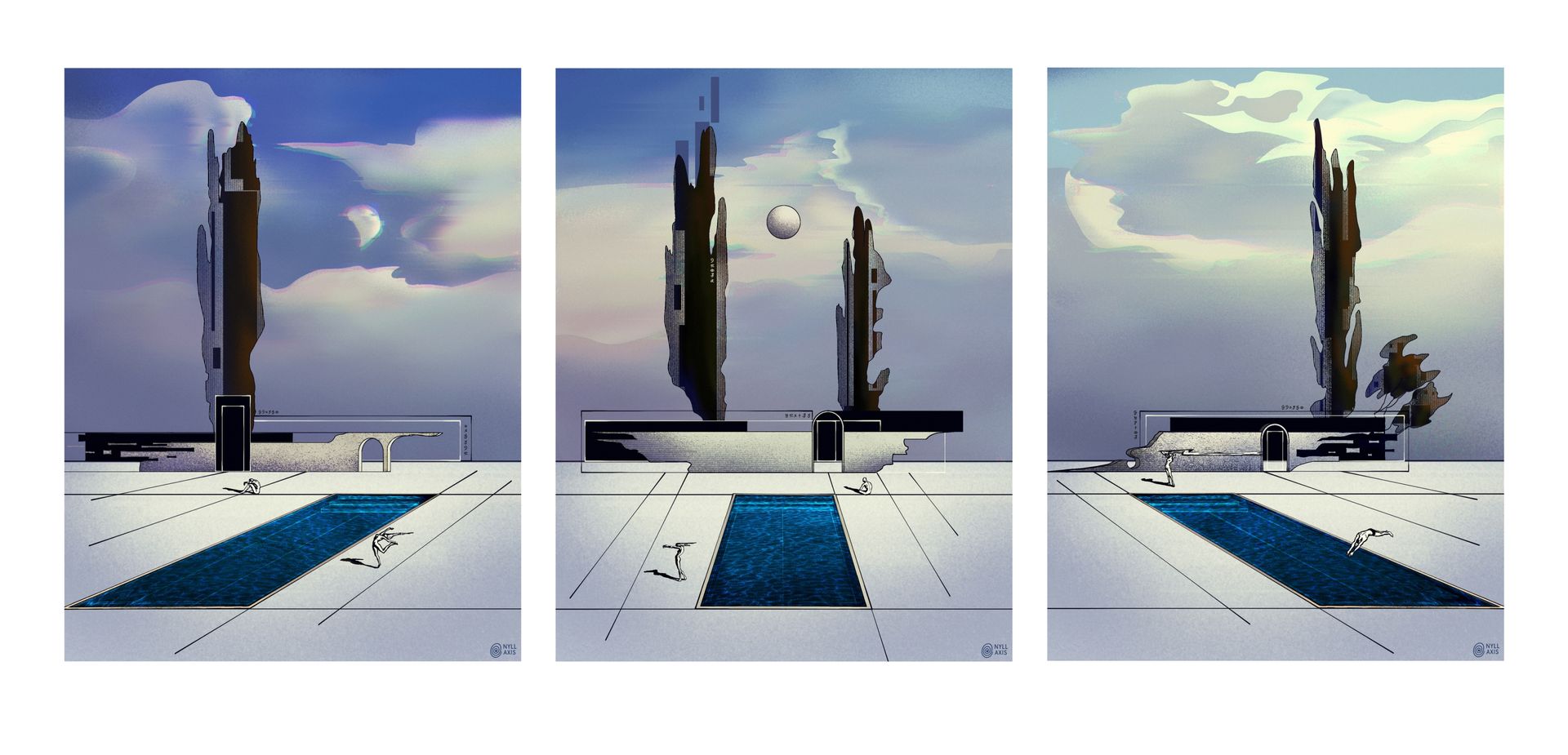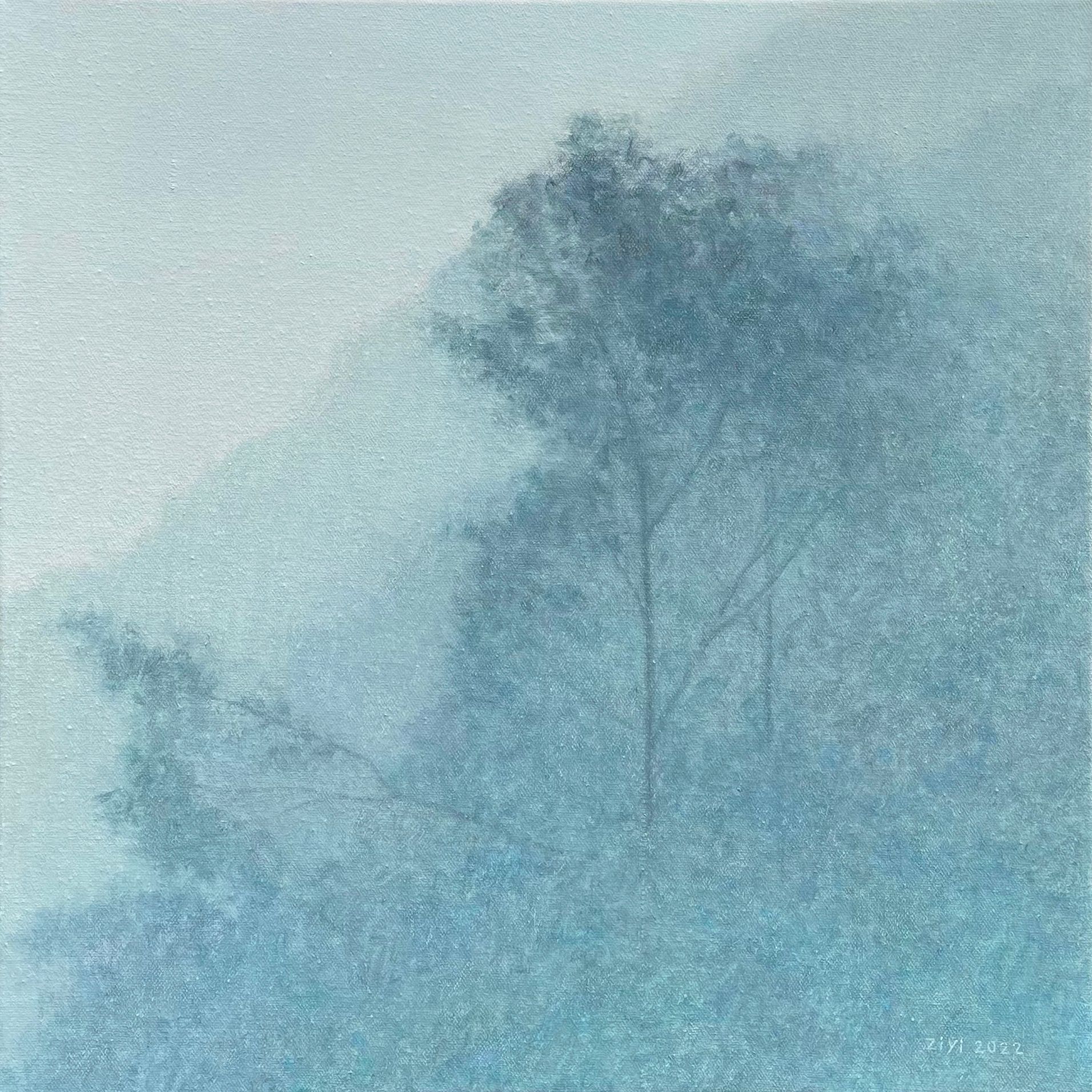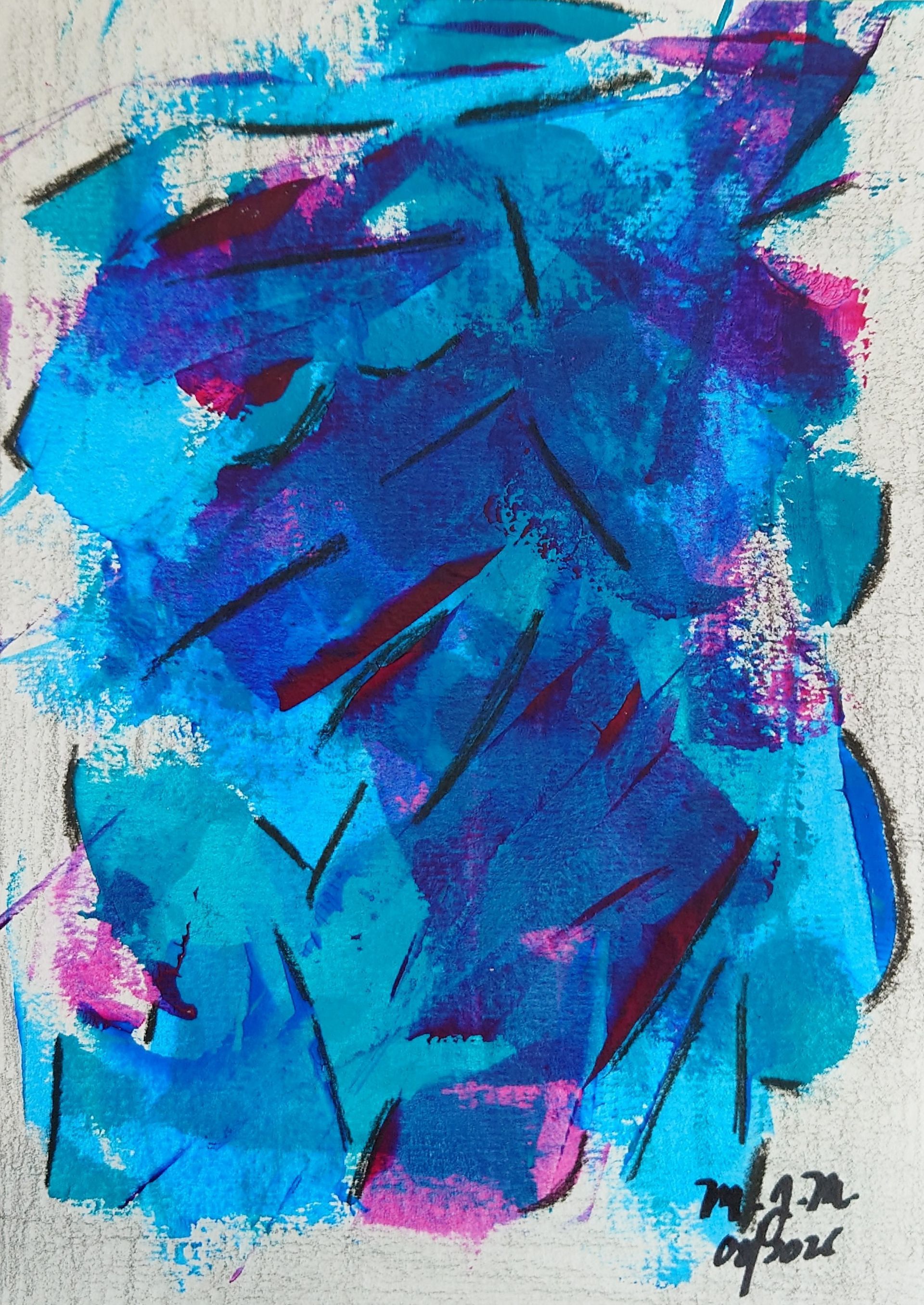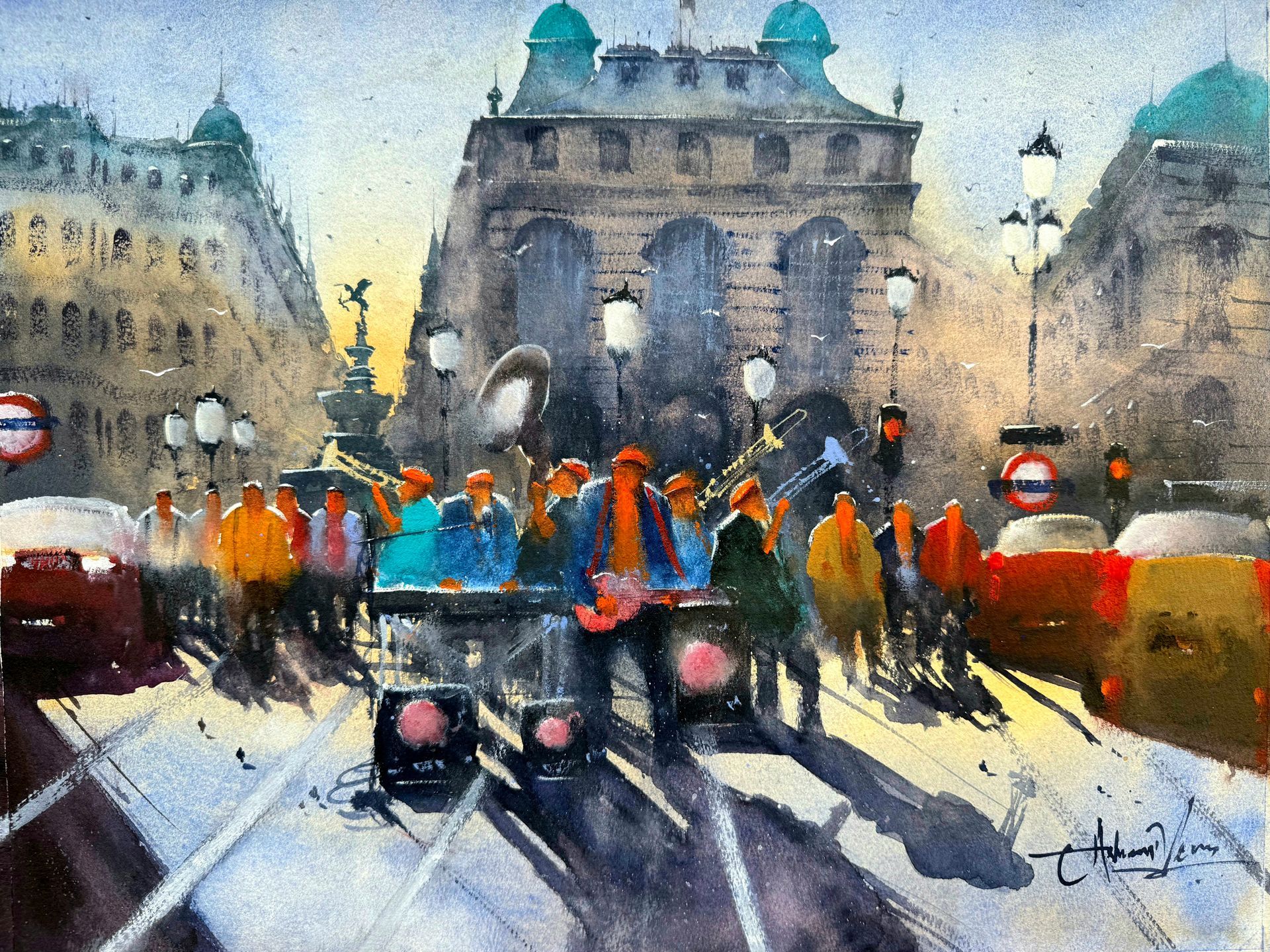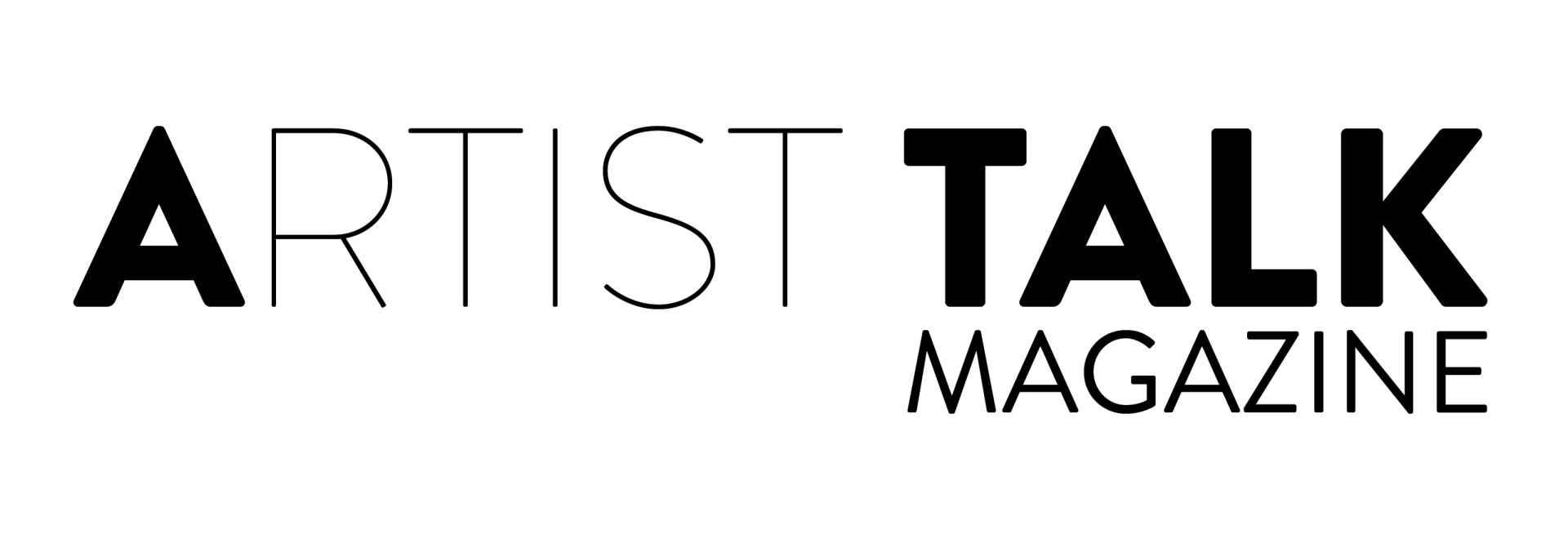Painting from Within: Exploring Fluid Forms and Unseen Emotions

I am a Birmingham-based artist whose work explores spiritual and emotional landscapes through fluid forms and layered textures. Through my paintings, I seek to express feelings and inner states that words cannot easily convey.
I developed my practice through studying Fine Art, where I began to explore the interplay of texture, movement, and the sense of presence in painting.
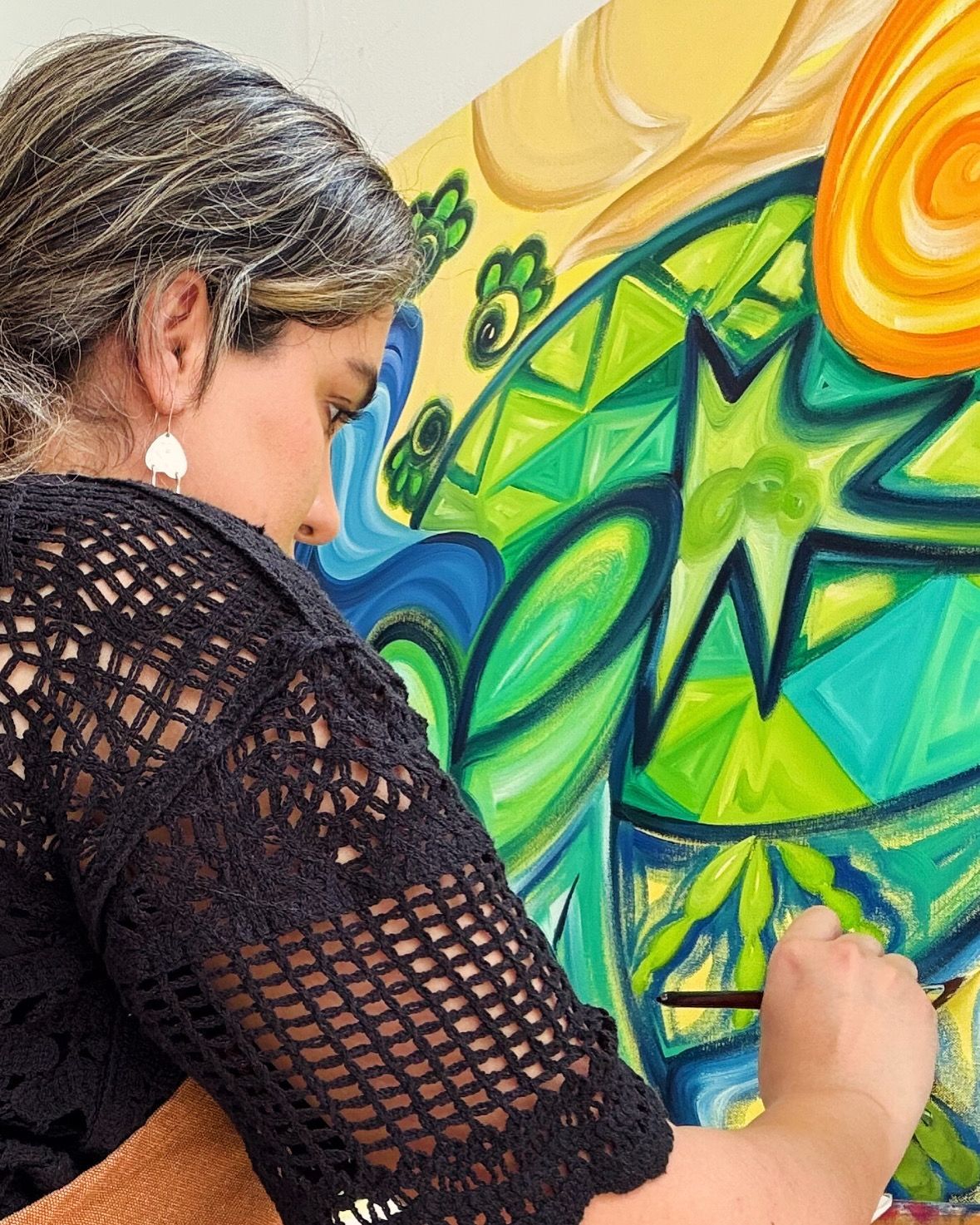
My recent works are inspired by symbolic narratives, nature, and moments of personal reflection. I combine ink, oil, acrylic, textured surfaces, and fabric printing to create compositions that evoke light, flow, and subtle movement.
Pieces such as Crossing the Deep, Echoes of Sunset, and Fragment of Me explore themes of presence, stillness, emotional resonance, and the unseen connections between the natural world and the inner self. For me, art is a bridge between inner experience and outer form, an invitation for the viewer to pause, reflect, and feel.
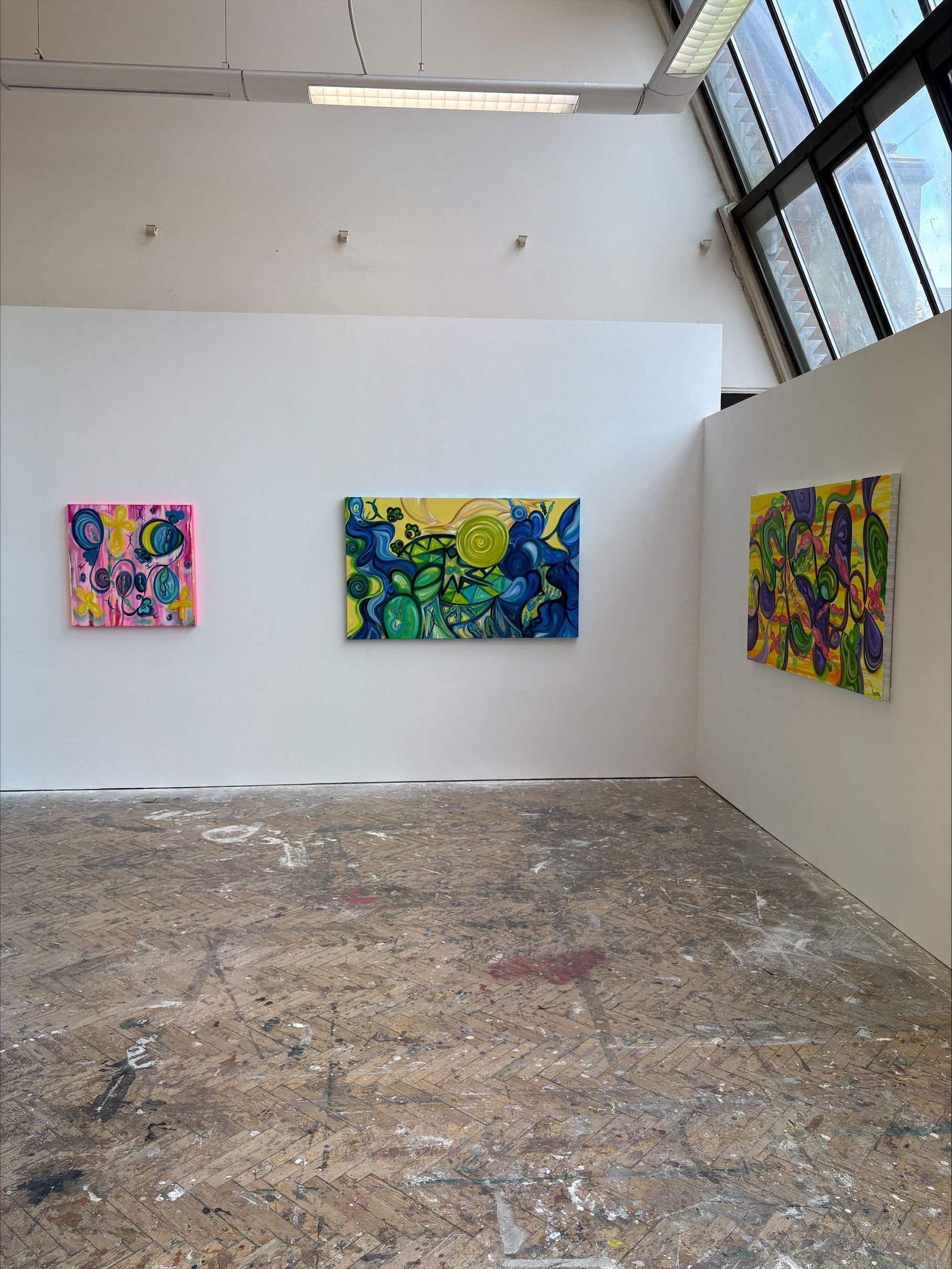
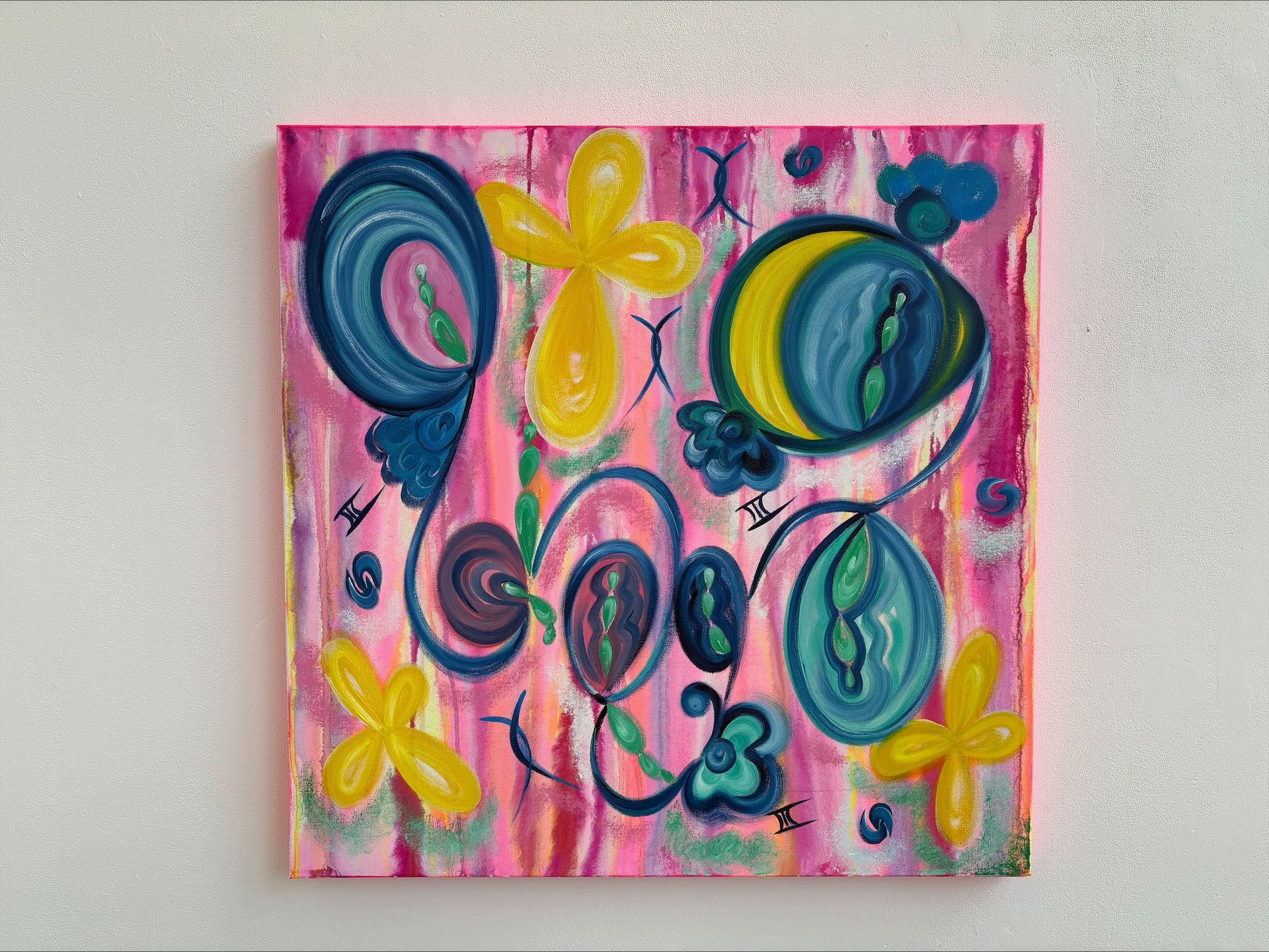
I am continually experimenting with new materials and colour palettes, searching for ways to express subtle shifts in feeling, space, and atmosphere.
You can follow my journey on Instagram: @mahfaamart
Or visit my website: https://www.mahfaamart.uk/
